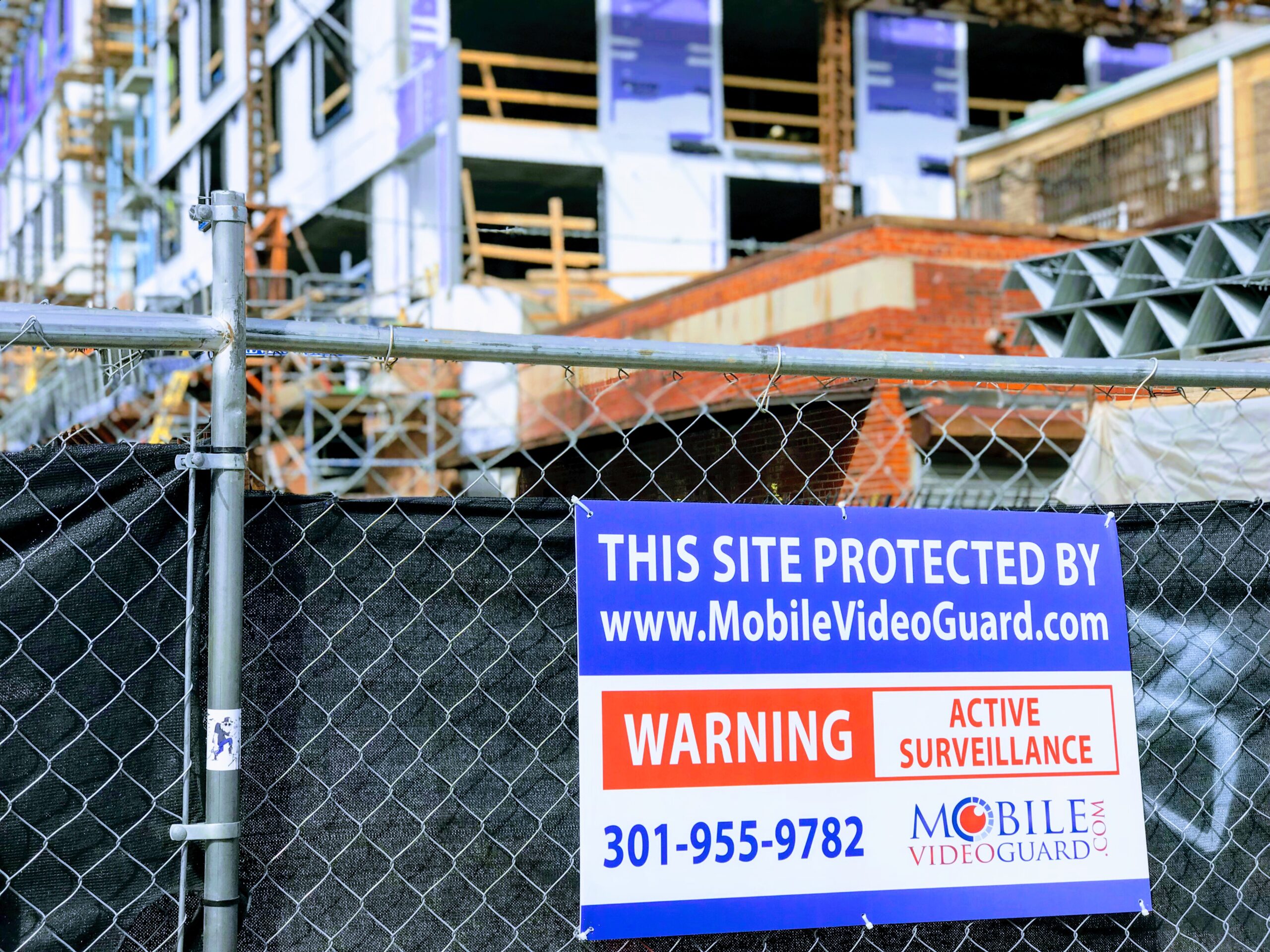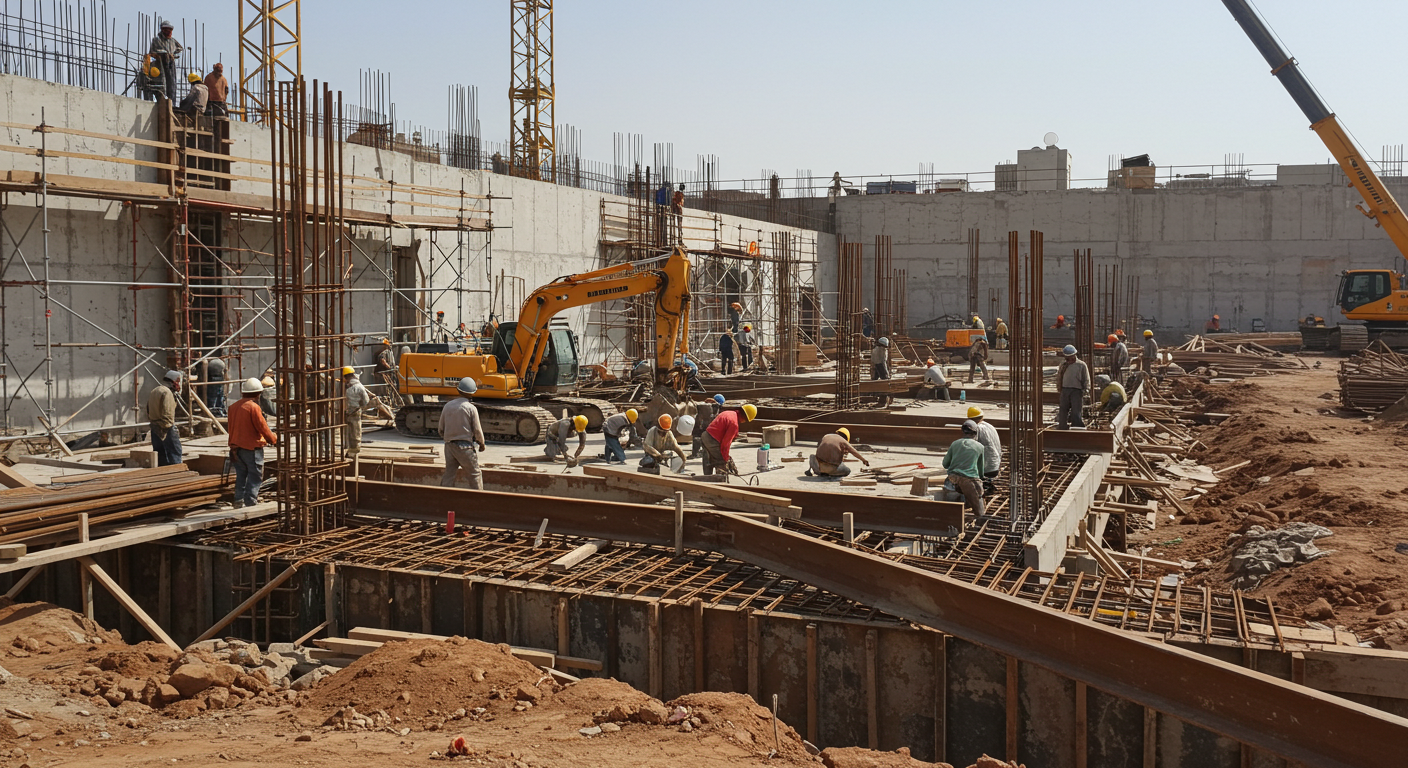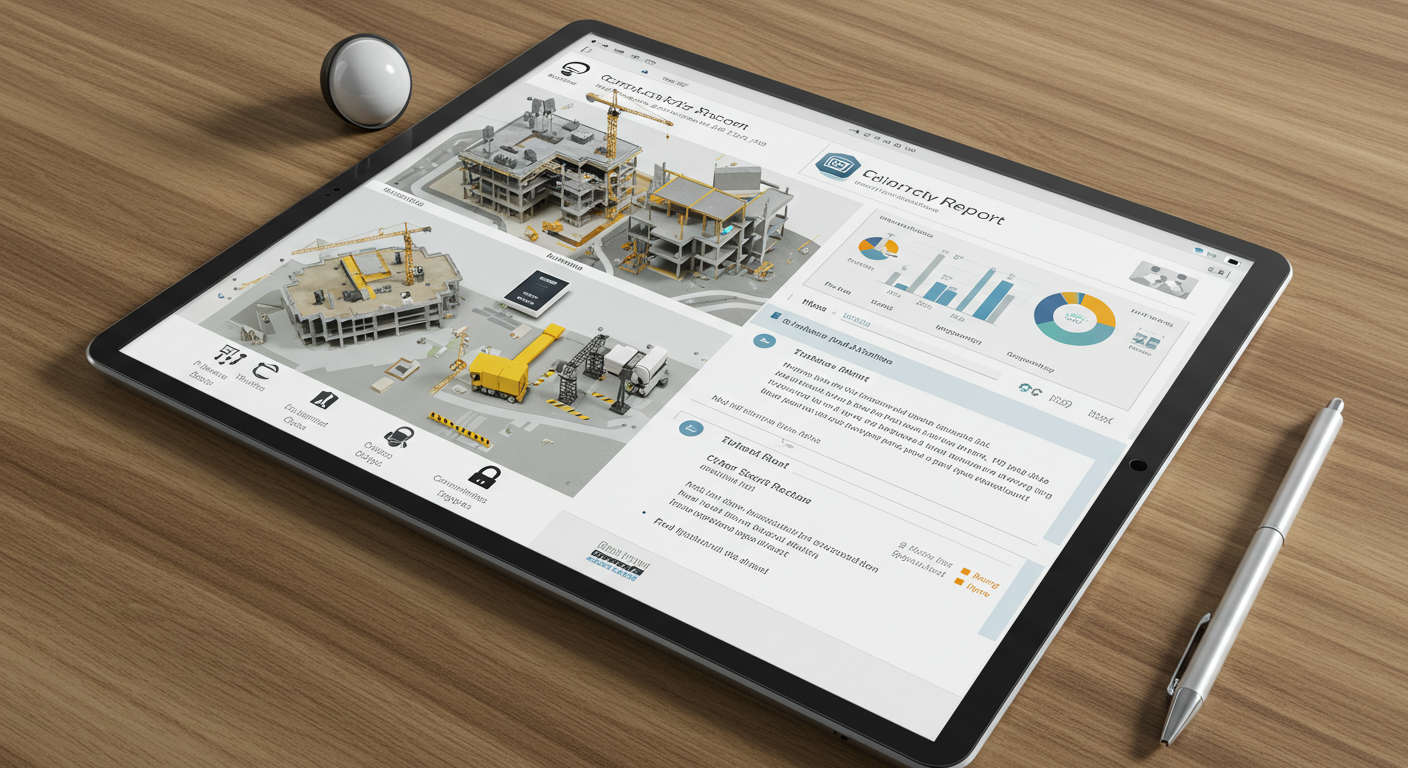Where you place your cameras is just as important as the type of camera you buy.

A key component of any company’s security plan is cameras. It’s vital to choose the right cameras, but also to know where to put them. You can have the best camera on the market, but If it points the wrong way, then it’s just an expensive paperweight.
Interior camera placement
For most businesses, your first priority will be protecting the interior of the building. So how do you decide to place your cameras to make sure all sensitive areas are covered? We break it all down for you below.
1. Entrances and exits
Obviously, you need to see who’s coming and going from your property. Not only do cameras tell you who’s inside and how long they’ve been there, but they can actively deter criminals from targeting your facility. There are times when it’s useful to hide cameras and times when you want them in plain sight. For entrances and exits, they should be as prominent as possible.
Place the cameras near something people will look at, like a noticeable sign or monitor. This will allow you to get a clear shot of faces. Also, be sure to mount cameras on both the inside and outside of exterior doors.
2. Reception desks
If your business has a reception desk, it will be the first stop for most visitors. It’s a high-traffic area, so it’s important to be able to keep track of who’s checking in and out. You want to create a welcoming space for customers, so consider installing smaller cameras and shielding them inside something commonplace, such as smoke detectors, clocks, sprinkler heads, or frames. Different states have different rules about concealed cameras, so be sure to check before finalizing your setup.
3. Checkout counters
Anytime cash changes hands, it’s a good idea to have a visible camera nearby. This will deter potential thieves and disgruntled employees from trying anything. Mount cameras at a height just above where the average tall person would stand, ideally no higher than seven feet. Any higher and you’ll have footage of hats, hair, and bald spots.
4. Employee lounges
As uncomfortable as it is to consider the possibility that your employees may steal from you, it’s an unfortunate reality of modern business. Break rooms and lounges tend to be the first and last stops for workers during their shifts. They’re also likely places where harassment, arguments, or illegal activity can happen. Cameras are essential to protect not only your assets but also the health and safety of your team.
5. Supply areas and warehouses
Any area where you keep lots of valuable inventory – be it pens and pencils, computer hardware, or construction equipment – is a target for thieves. Even if an occasional pen or ream of paper goes missing, that can add up quickly. To keep your property safe, 360° overhead cameras are a great choice. Also, keep warehouses brightly lit, day and night.
Exterior camera placement
Now that you’ve covered the inside of your facility, it’s time to look outward. Even though most of your assets are inside, potential thieves have to go in and out somewhere.
External security cameras let you keep tabs on employees at loading docks and cars in parking lots. They pick up license plate numbers, assure your staff that someone is looking out for their safety during late-night or overnight shifts, and provide footage that can aid law enforcement if something goes missing. To be sure that every side of the building has coverage, place your cameras at a variety of angles so that no corner is left unattended.
1. Parking lots
Your parking lot is the way in and out for anyone visiting your property, so it makes sense to monitor it at all times. Be sure to purchase cameras with a strong enough zoom to capture license plate numbers. When installing, adjust the field of view to boost your chances of capturing as much of the lot as possible.
2. Dumpsters
Dumpsters are typically isolated and located some distance from the main facility, making them easy targets for criminals who might attack unsuspecting workers as they dump their trash. It’s also where exchanges of money and illegal substances can happen, far from the watchful eyes of any on-site security personnel.
3. High-traffic areas
Areas with the most traffic can be the most vulnerable to illicit activity. For the busiest areas, you’ll need extra cameras at a variety of angles. Should an emergency occur, there could be confusion that makes it hard to make out what’s happening. So the more coverage, the better.
Camera placement tips
So those are the areas of your business that need cameras, but what’s the best way to position them? Here are a few tips and tricks.
- Put the right camera in the right location. A quality security camera can function in various locations, but different cameras have different strengths and weaknesses. While a small 360° camera works well in an intimate supply closet, it won’t be of much help when you’re trying to capture an entire parking lot.
- Use proper lighting. If your room has many windows, try to point cameras away from them. This helps to avoid backlight, which makes it difficult for cameras to focus on subjects. Also, keep your lighting fixtures consistent, as this will make it easier to calibrate your cameras to get the best possible vision.
- Put them out of reach. After you’ve put all this time and money into your security cameras, the last thing you want is someone tampering with them. Mount them high enough so that burglars can’t grab them, cut the wires, or spray paint them. But be careful not to install them too high, as this can make it difficult to actually see faces.
- Place your router in a central location. In order for wireless security cameras to function, they need to be able to communicate with a router. If the router is too far away, the signal will be weak, and your cameras will have to use more battery power to connect. To prevent this, place the router in a central location.
Before you do any of these things, the best way to know exactly how to position your cameras is to have professionals perform a security risk assessment. They can flag the areas of your business that are the most vulnerable and recommend how to adequately cover them.
Don’t be afraid to ask for help.
You can try and install cameras yourself, but it’s a tall order for someone without industry experience. All it takes is one camera pointed slightly the wrong way or one lens out of focus to allow a security breach. Luckily, there are professionals out there who can take this burden off your shoulders.
At Mobile Video Guard, we can customize your security solution to fit your specific needs, whether you need a handful of cameras or dozens. Contact us today for a free quote.



